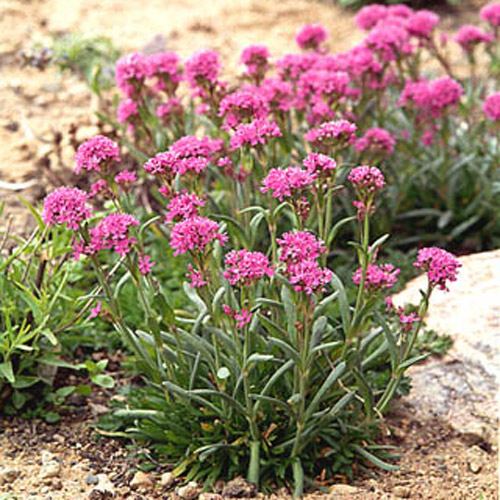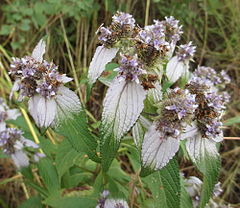The Diamond Plant
/The "Diamond Plant"
The secrets that the earth holds are slowly being revealed to us day by day. One of the more recent discoveries is a rare African plant that can indicate the presence of diamonds beneath the soil. Pandanus candelabrum seems to only grow on kimberlite pipes. This has geologists and mining companies interested because the presence of kimberlite can indicate the presence of diamonds.
Columns of volcanic rock hundreds of meters across that extend deep into earth. The pipes are left by ancient eruptions that typically drag diamonds and other gemstones up from the mantle. (simplified image courtesy of Kansas State Geological Survey)
The thorny, palmlike plant was recently discovered in Liberia by geologists. The plant, Pendanus candelabrum, has a “marked affinity for kimberlite pipes,” writes Stephen E. Haggerty, a research professor in geosciences at Florida International University, in the June–July edition of the journal Economic Geology.
Traditionally a variety of indicator minerals are used to find kimberlite pipes. Those minerals then have to be tested by labs. But if the plant is as choosy as it seems to be, explorers could possibly track a plant from the air and diamond hunters in West Africa might have an indicator that can eventually lead to easier, less expensive diamond exploration.
Using plants as indicators is not a unique or even modern tactic, as Haggerty’s paper notes, plants have been used since medieval times. For example, Lychnis alpina, a small pink-flowering plant in Scandinavia, and Haumaniastrum katangense, a white-flowered shrub in central Africa, are both associated with copper. That’s because the plants are especially tolerant to copper that has eroded into soil.
One major caveat to the idea of the "diamond plant" is that Pendanus candelabrum is only found in tropical areas, and diamonds are not. Indeed a world-class mines have been discovered in bitter-cold regions in Siberia and Canada. However Haggerty can also see that the new discovery might pave the way toward finding new botanical indicators for kimberlites. “Because of the depths at which kimberlites originate, it doesn’t take a rocket scientist to see that their chemistry has to be different from the surrounding rocks,” he says.
“So let us take a look at the vegetation, particularly in Arctic terrains. There is flowering in the spring and during the summer... Kimberlite has very high potassium, sodium, magnesium, and phosphorous. Because of those nutrients, plants growing in kimberlites will be on steroids, whereas those on sandstone will be stunted or barren. So enhanced growth of surrounding vegetation may be a characteristic.”
On a final note, while this discovery is influential it should also be said that just because one might find a kimberlite pipe, it does not mean there will be a diamond mine. Only 1 percent of kimberlite pipe discoveries result in economically viable diamond mines.
Kathleen Marino M.A, G.G., AJP, NAJA


















